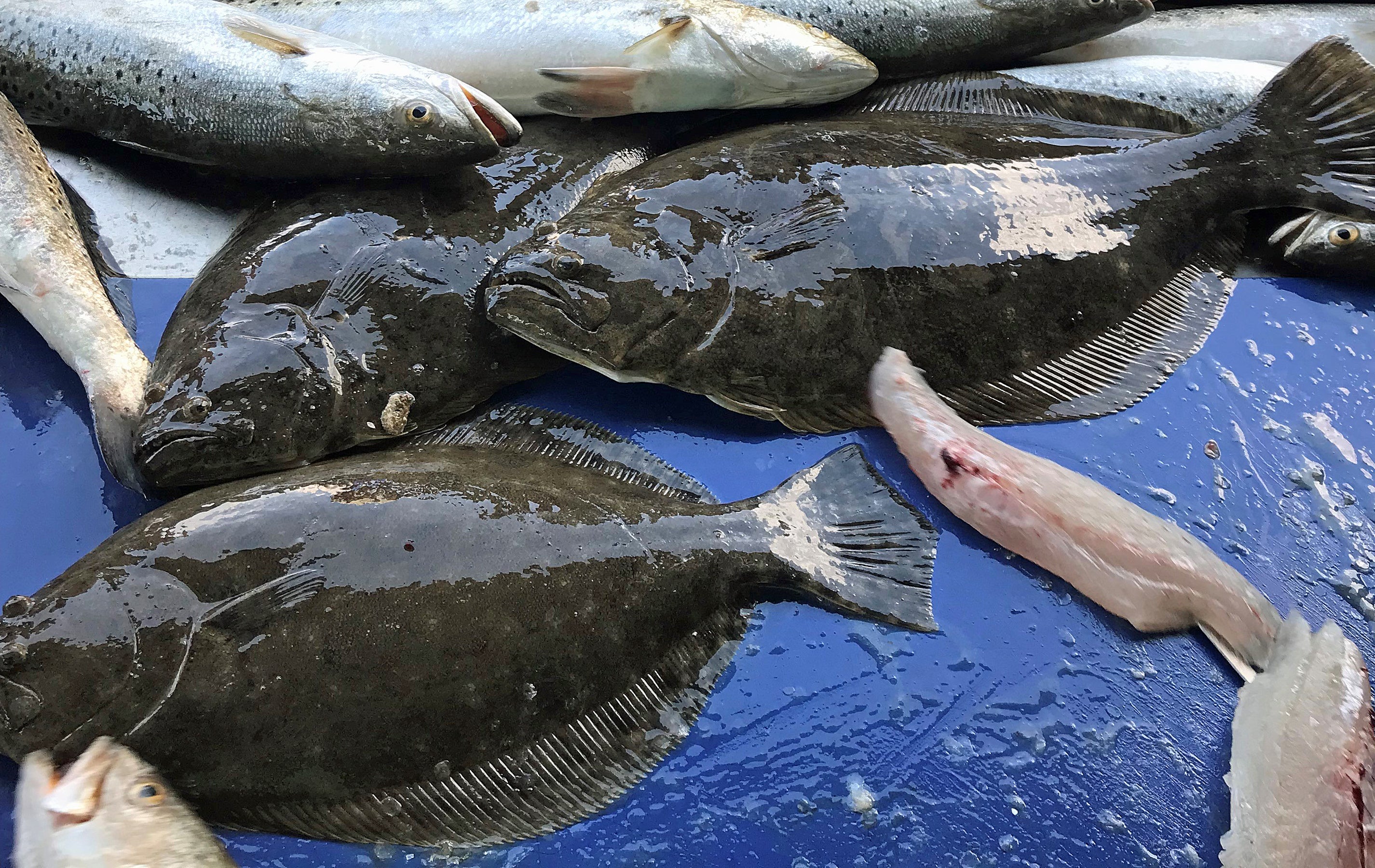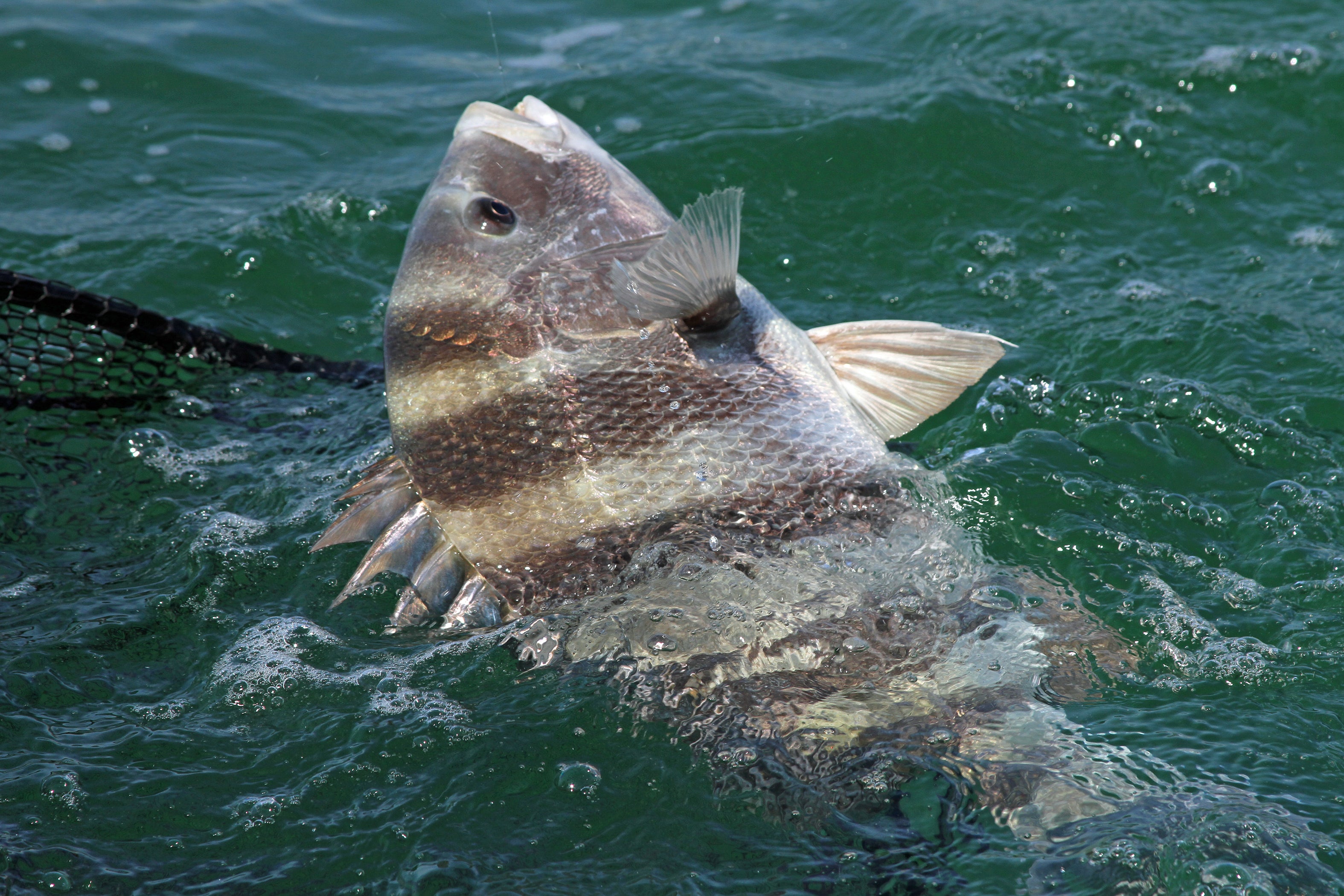By DAVID RAINER, Alabama Department of Conservation and Natural Resources
Research into numerous saltwater fish species has produced some interesting revelations, including how important the Mobile-Tensaw Delta is to the recruitment of those species, which include southern flounder, spotted seatrout (speckled trout), red drum (redfish) and tripletail.
Dr. Sean Powers, Director of the Stokes School of Marine and Environmental Sciences at the University of South Alabama (USA), said the research team and recruited anglers have been tagging the inshore species with regular tags and acoustic tags that are used to track movement. The acoustic tags are picked up through the network of hydrophone arrays deployed throughout Gulf coastal waters.
The flounder research has been funded by the Alabama Department of Conservation and Natural Resources (ADCNR) for the past five years and is producing results that weren’t exactly expected.
“We’re still looking at when flounder are moving offshore and what is causing changes in that,” Powers said. “The main thing with flounder is the growing evidence with our tracking and other research that indicate there’s a decent amount of that population that goes offshore and stays offshore. Spearfishermen have told us about that for a while. Now we have proof when we analyze the chemical signature of the otolith (ear bone) that some flounder are staying offshore.
“We refer to that as cryptic biomass – the biomass we think can produce new eggs and new recruits that are really not harvested because they stay offshore. That might explain why flounder populations were so low, and yet we still had enough to produce good recruitment years. The last few years have been really good for flounder. In the stock assessment we do for ADCNR, we’re still not showing those fish are joining the older population yet. We know we’ve had several good recruitment years, so the question is, if the population is so low, where are all those eggs coming from? The spearfishermen have been saying the flounder are on the low relief-type structure, like bridge rubble, so we’re going to look at that in the next year.”
Powers said another chapter in the flounder story involves the vast Mobile-Tensaw Delta, which covers more than 200,000 acres just north of Mobile Bay, including more than 20,000 acres of water.
“The variability – when we have good years and when we have bad years – seems to be a function of how much grass in the Delta is available, what the conditions in the Delta are,” he said. “So, we’re working on both ends – the adult population and where they’re spawning, and we’re also having a lot of progress on figuring out that it appears the Delta is extremely important. When conditions are right in the Delta is when we have a big recruitment year for juvenile flounder.”
Powers said regulation changes have also been a factor in the flounder rebound. The ADCNR’s Marine Resources Division (MRD) reduced the daily bag limit to five fish with a 14-inch minimum total length and completely closed the flounder harvest to commercial and recreational anglers for the month of November.
“Flounder normally start moving offshore during the first cold front,” he said. “That’s why the state has imposed the November closure, because that’s when the fish are staging in the bays and sounds and are about to move offshore. They move offshore in November and December to do their business.”
Powers said when the flounder eggs are fertilized, they move back toward inshore waters on the tide flow, especially with north winds, which causes the bottom currents to move north with the eggs and larvae in tow. The movement into the estuaries occurs mostly from January through March.
“Where in the Bay those little flounder are has always been a mystery,” he said. “It seems most of them like the lower salinity areas up the Bay and into the rivers and the Delta. Then in April, May and June, those juveniles will be moving to the grass and all over the bottom. We’ve always thought that after the adults go offshore and spawn that they trickle back into the bays and estuaries. That is the case for most, but it seems a good proportion just stay offshore. We’re learning a whole lot more about that cycle.
“Flounder numbers are definitely improving. A lot of that is because of the new regulations, and the environment is improving. The last three years have been good, but we’re not quite there yet because we’re not seeing enough older fish in the population. It’s mainly a female fishery because the males rarely get bigger than 13 inches.”








